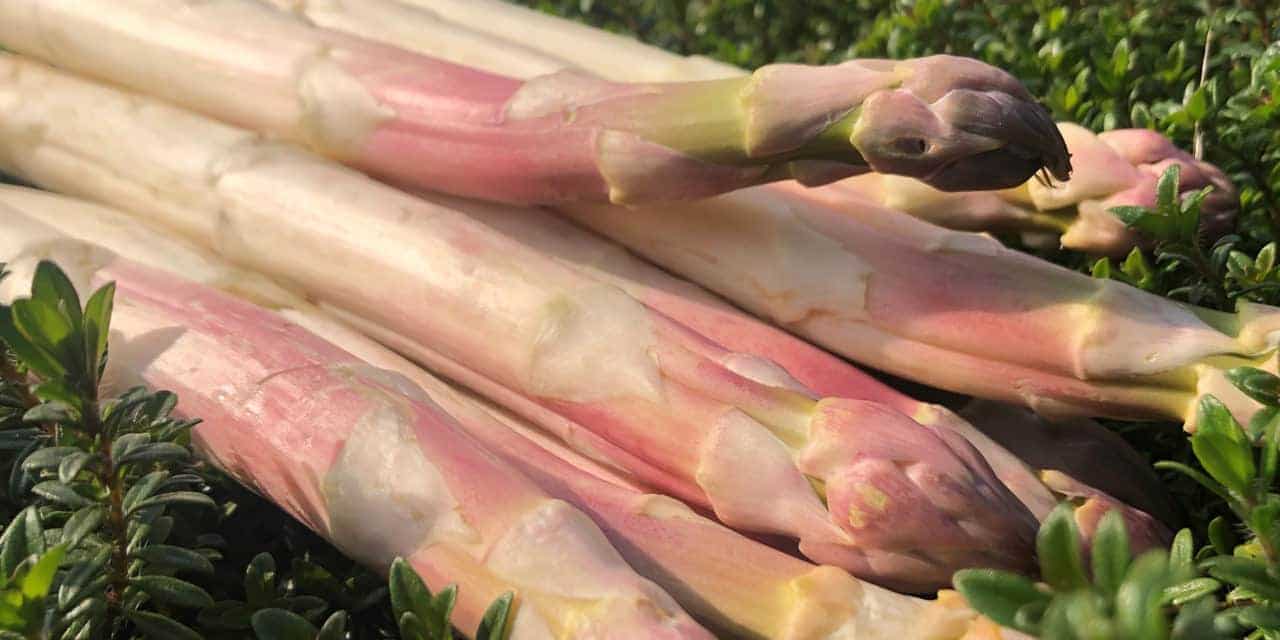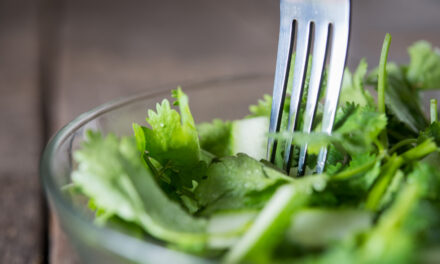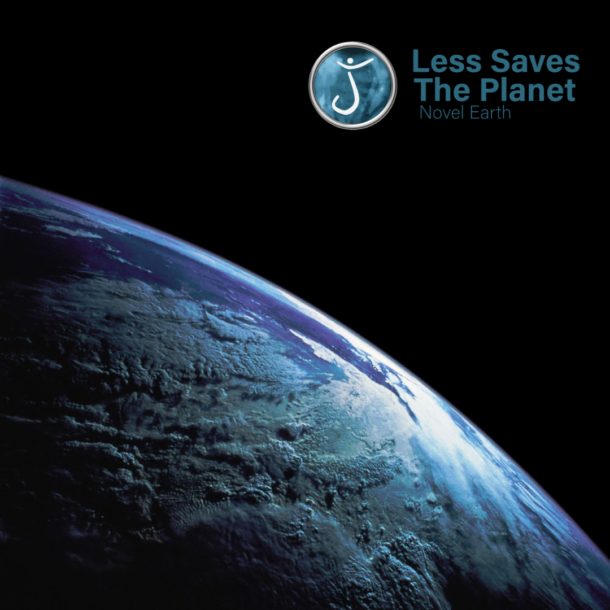
HOW TO CHOOSE YOUR ASPARAGUS ACCORDING TO CHEF NICOLAS MASSE

The great chef of the two-star restaurant La Grand’Vigne, Nicolas Masse, is here to tell you all about asparagus.
From the Mediterranean basin, asparagus are produced in over 60 countries around the world. They are grown in regions where the climate varies from cool to tropical. It is quite natural that they grow in the French regions of Aquitaine, Provence and the Midi.
Asparagus can only be harvested from mid-May to the end of June. Cultivated on a worldwide scale, they are however found on the shelves from March, but rarely beyond June. The short harvesting period explains why this vegetable is so popular during the peak season.
How to choose and store good asparagus?
To properly select your asparagus, its smooth, firm ends should stand straight. Their buds should have tight scales and the root should be shiny and moist. In terms of color, unlike white asparagus, green asparagus should be colored for three quarters of its length.
If their quality does not meet your expectations, asparagus has two “Protected Geographical Indications” (PGI). A PGI designates a product protected by the European Union whose characteristics are linked to the geographical place of production and processing. You can choose between ” Asperges des sables des Landes ” and ” Asperges du Blayais “.
Asparagus can be stored in bunches for up to 3 days in the refrigerator crisper drawer. However, it is better to avoid putting them in the fridge after cooking as they may lose their taste and texture. If possible, wrap them in a clean, dry cloth with the tips up. This way, they will keep all their flavour.
What is their impact on our health?
Light and easily digestible, asparagus are considered to be one of the healthiest vegetables that fits perfectly into a healthy diet. In fact, their mineral (potassium and magnesium) and vitamin (C and B, in the tips) content makes them easily digestible. Their richness in fibers guarantees our intestinal transit.
They also contain high levels of asparagine, an amino acid with a diuretic effect, which accelerates renal elimination. They help the body get rid of excess salt, which is very beneficial for people suffering from edema or hypertension.
Asparagus contains a lot of vitamin B9 which helps our brain to fight against age-related mental decline, especially by preventing memory and concentration loss. It is important to know that asparagus is one of the 43 vegetables with the greatest antioxidant properties, such as beet or artichoke. They have exceptional anti-aging virtues that can prevent certain diseases.
What about the environment?
The production of asparagus is sustainable. A kilogram of asparagus needs 2.150 liters of water. In the chapter on water conservation in Less Saves The Planet, foods to be moderated are those with a water footprint greater than 10,000 liters per kg. Its water footprint is therefore small.
The carbon footprint is also low, with 0.88 kilograms emitted per kilogram of asparagus. No chemical fertilizers are required for cultivation. In general, asparagus are not harmful to the environment.



















